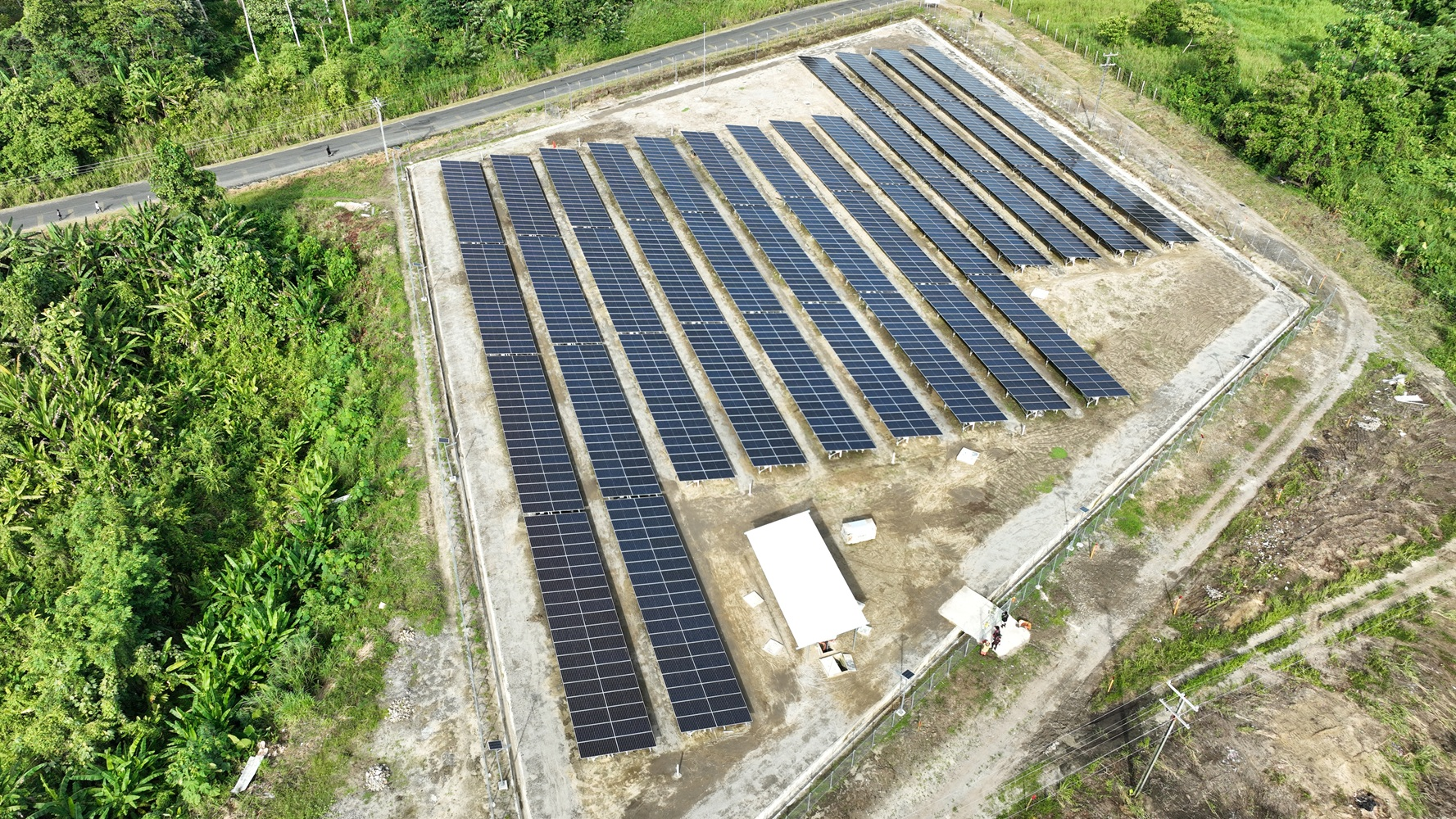NEWS
WORLD CASSOWARY DAY
![]() By PNG Haus Bung |
September 24, 2021
By PNG Haus Bung |
September 24, 2021

Related News
LATEST NEWS





